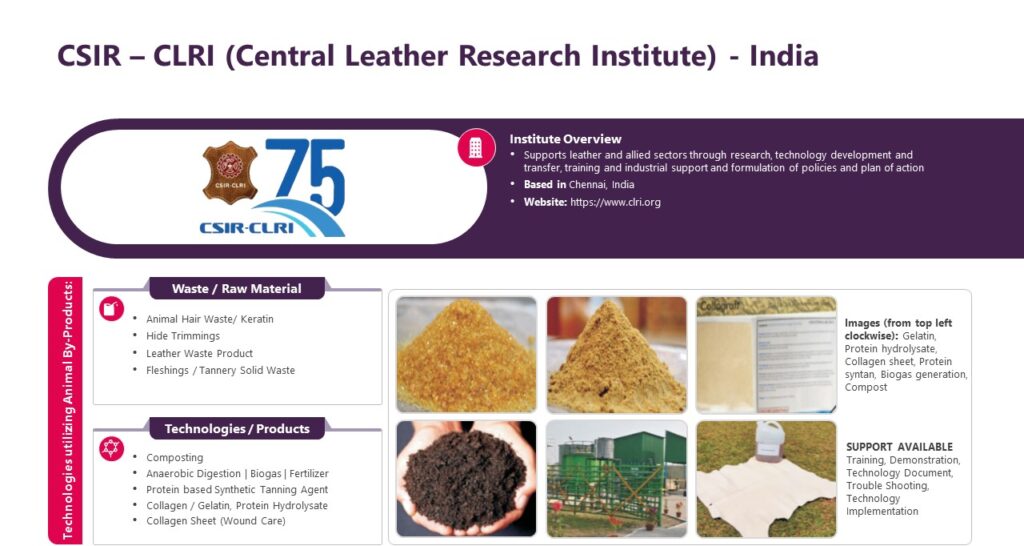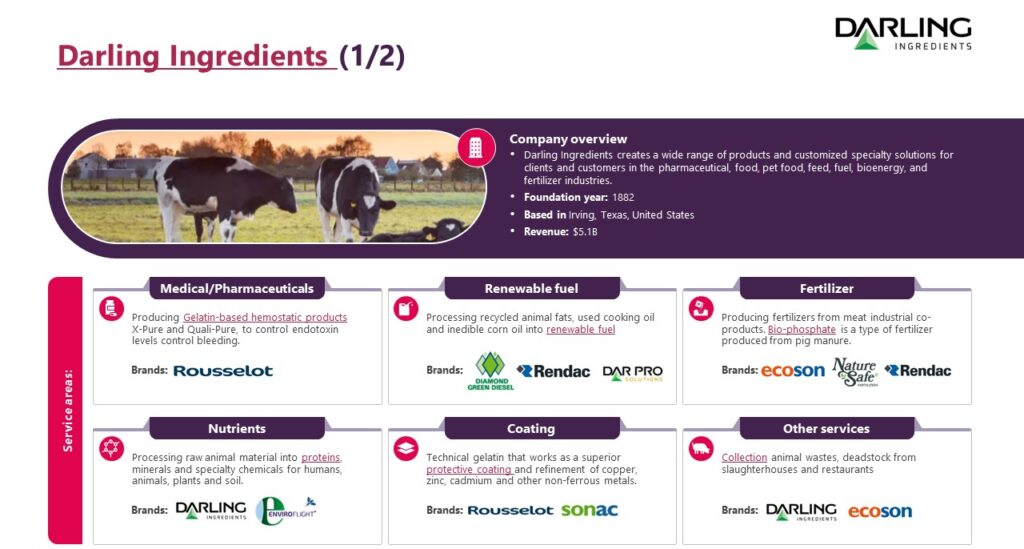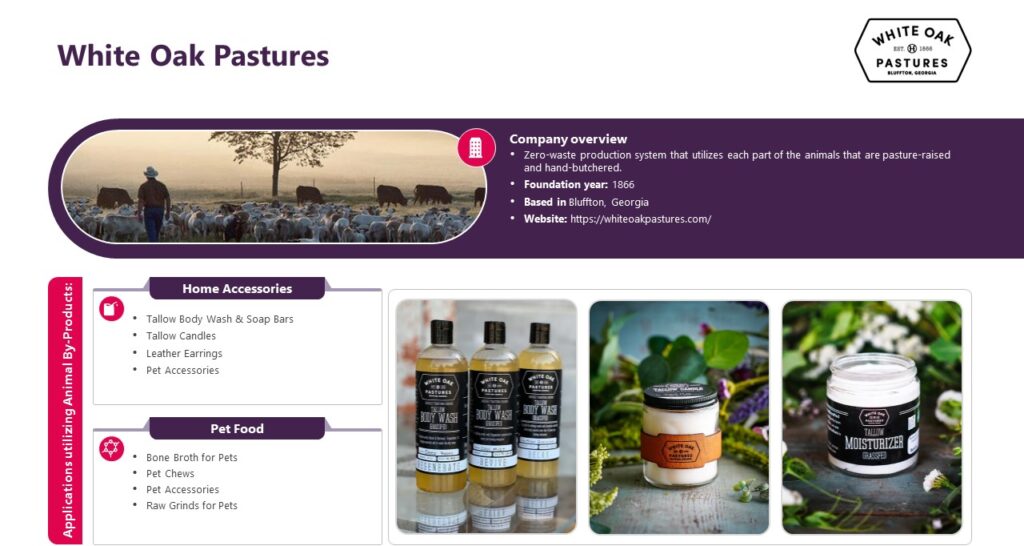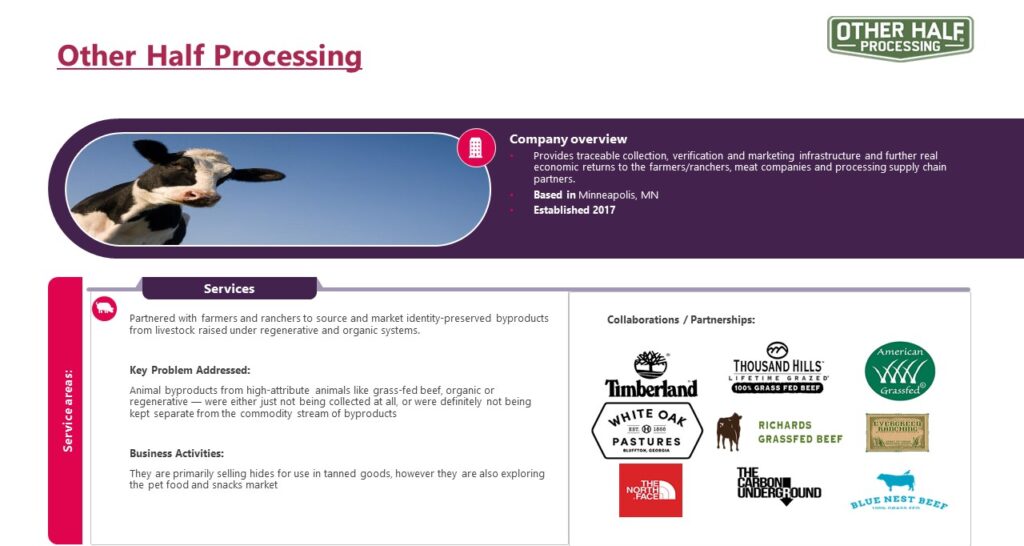Introduction: The Imperative of Sustainable Waste Management
In our rapidly developing world, effective waste management is critical. The environmental and health impacts of increasing municipal, industrial, and hazardous waste types are significant. The rise in global waste production underscores the need for sustainable management practices: reduction, reuse, and recycling. Collective action involving individuals, businesses, and governments is vital. Embracing sustainable products and proper disposal methods can mitigate environmental harm significantly. But the question remains: how do we achieve this? This exploration aims to provide some answers. To understand this better, we will dive into the complexities of the waste management supply chain.
The Waste Management Supply Chain: A Complex System
The waste management supply chain is integral to urban management, environmental sustainability, and resource conservation. It comprises waste collection, sorting, processing, and recycling or disposal. The core stages include:
- Collection and Sorting: The foundation of waste management is crucial in efficiently categorizing waste into recyclables, organics, and non-recyclables.
- Processing: Involves converting waste into forms suitable for recycling or safe disposal, with innovations like anaerobic digestion for food waste.
- Recycling and Disposal: These stages are central to minimizing waste's ecological footprint. They focus on the circular economy model, which views waste as a resource.
However, sustainability and efficiency must be at its core for this system to be effective.
Sustainability and Efficiency: Core Principles
Efficient waste management is critical to sustainability. It reduces landfill use, minimizes pollution, and conserves natural resources. Aligning with global efforts to mitigate climate change, sustainable methods like composting and recycling are increasingly crucial. This efficiency also opens up various business opportunities and economic benefits.
Business Opportunities and Economic Impacts
Waste management offers significant business opportunities, especially in recycling and innovative waste processing technologies. These ventures are both environmentally beneficial and economically viable, providing new jobs and boosting the economy. Beyond the economic aspects, waste management's social and health implications are profound.
Social and Health Implications
Efficient waste management has profound social and health implications. Proper management reduces health risks and contributes to social equity, improving living conditions and reducing inequalities. As we look to the future, the role of technology in enhancing waste management practices cannot be overstated.
Technological Advancements and Future Trends
Technology plays a pivotal role in advancing waste management practices. Innovations in collection, processing, and recycling enhance efficiency and environmental friendliness. Trends like zero-waste initiatives and waste-to-energy technologies are shaping the future of waste management. Supporting these technological advancements are regulatory frameworks and public policies.
Regulatory Framework and Public Policy
Robust regulatory frameworks and public policies are essential for effective waste management. They ensure compliance with environmental standards and encourage practices that reduce waste generation and promote recycling. Yet, the success of these frameworks also depends heavily on community engagement and education.
Community Engagement and Education
Community involvement and education are crucial for successful waste management. Public awareness campaigns and educational programs encourage responsible waste disposal and recycling practices. This community focus ties in closely with the circular economy principles in waste management.
Circular Economy in Waste Management
The circular economy in waste management is a transformative approach emphasizing sustainability and resource optimization. It contrasts the linear "take-make-dispose" model by prioritizing resource reduction, optimization, and reuse. Critical practices include:
- Processing waste for bioenergy.
- Promoting renewable energy.
- Minimizing resource use and waste generation through product longevity and resource recovery.
Sustainable waste management, integral to this model, aims to extend the life of materials and reduce landfill and incineration use. It follows a hierarchy of avoidance, reduction, reuse, recycling, energy recovery, and disposal treatment. California, for instance, has implemented significant policies and programs supporting the circular economy, such as mandating recyclable packaging and reducing single-use plastics. One area where these principles are critically needed is in managing animal hides within the meat industry.
The Waste Management Problem with Hides
The meat industry, tiny players, faces a waste management crisis with hides. The increased demand for meat and reduced need for leather result in more hides in landfills.
As a result, the small players in this ecosystem are finding it increasingly hard to sustain, and steps need to be undertaken at both an individual and systemic level to address this problem from a sustainability perspective (both economic and environmental perspectives).
"300 million hides come from the global meat and dairy industries each year." (“and skin production around the world | Davy Rippner - Leathersmithe”)
Around 33 million are processed in the US, but as many as 4.8 million US hides ended up in landfills in 2020 –15% of the national total.
40% of hides are wasted globally - or 120 million hides.
Leather production turns more than 4.5 million tons of potential waste annually into usable, durable goods.
The above statistics indicate that the meat industry needs alternative solutions for hides other than leather and landfilling to make the enterprise profitable for small players. This industry should also focus on improving its sustainability and environmental friendliness with options such as leather/tanning.
Managing hides within the waste management supply chain of the meat industry presents several challenges ranging from environmental concerns to logistical and economic issues. Some of these challenges include:
- Preservation and storage: Hides are prone to deterioration if not processed quickly. Proper preservation, usually through salting or chilling, is necessary to prevent spoilage. This requires adequate storage and timely transportation, adding to the logistical complexity and cost.
- Environmental impact of tanning: The tanning process, especially traditional methods like Chrome tanning, can have significant environmental impacts due to hazardous chemicals. Managing these chemicals and the resulting waste is an important challenge requiring careful handling, treatment, and disposal to minimize pollution.
- Water consumption and pollution: Leather processing is water intensive and can lead to significant water pollution if untreated effluents are released into the environment. Implementing effective water management and treatment systems is both necessary and challenging.
- Fluctuating market demand: The demand for leather can vary, influenced by fashion trends, economic conditions, and growing interest in vegan and sustained synthetic alternatives.
Recycling cow hides is an essential aspect of addressing these challenges.
Recycling Cow Hides
The leather industry is vitally concerned about recycling cow hides. The process involves collection, cleaning, tanning, dyeing, finishing, cutting, manufacturing, and recycling scraps. Innovations and alternatives to leather are being developed for sustainability, and the industry is exploring innovative technologies in hide management.
Innovative Technologies in Hide Management
Several innovative technologies have been employed in animal hide processing to enhance sustainability and efficiency. These include:
- Advanced tanning techniques: Modern tanning methods, such as those used by New Zealand Light Leathers and the Scottish Leather Group, reduce environmental impact. Techniques like Chrome-free, vegetable tanning, or less harmful chemicals improve sustainability.
- Waste to energy and biogas production: Meat processing companies like the Danish Crown Group and Darling Industries convert organic waste into bioenergy. This helps manage waste and contributes to the facility's or local grid's energy needs.
- Recycling and upcycling: Darling Industries, Tyson Foods, and JBS SA focus on recycling and upcycling strategies where all parts of the animal are used for various purposes, reducing waste and creating additional revenue streams.
- Collagen and gelatin extraction for biomedical use: Italian researchers and companies extract valuable collagen and gelatin from animal byproducts for biomedical applications, showing a high-value use of what would otherwise be waste.
- Edible casings from collagen: Nitta casings transform collagen from beef hides into edible containers, an innovative approach that adds value to a byproduct and contributes to our circular economy within the food industry.
- Insect farming for animal feed: Agriprotein’s approach of using meat industry waste to breed larvae for animal feed represents a novel way to manage organic waste while producing a sustainable protein source.
This leads us to the potential of waste-to-energy technologies specifically for animal hides.

Waste-to-Energy Technologies for Animal Hides
Technologies like anaerobic digestion, gasification, pyrolysis, biodiesel production, biochemical conversion, co-digestion, and thermochemical liquefaction are being explored to utilize animal hides for energy generation. These technologies represent a step forward in transforming waste challenges into sustainable solutions.
It's important to note that the suitability and efficiency of these technologies for animal hides depend on various factors, including the composition of hides, the availability of the technology, and the desired end product. Additionally, environmental regulations, economic viability, and local context play significant roles in determining the feasibility of these WTE technologies.
Here are some organizations that are actively developing solutions for managing hides and other types of animal hides:




Conclusion: Towards a Sustainable Future
The journey towards sustainable waste management involves innovation, policy support, community involvement, and industry adaptation. Embracing the circular economy transforms waste into a resource. The collective responsibility of communities, businesses, and governments, along with education and awareness, is crucial in cultivating a responsible culture in waste management. The future lies in rethinking our relationship with waste and transforming it into a valuable resource to benefit the environment, economy, and society. This journey is not just about managing waste; it's about reshaping our world for a sustainable future.
Talk to One of Our Experts
Get in touch today to find out about how Evalueserve can help you improve your processes, making you better, faster and more efficient.


